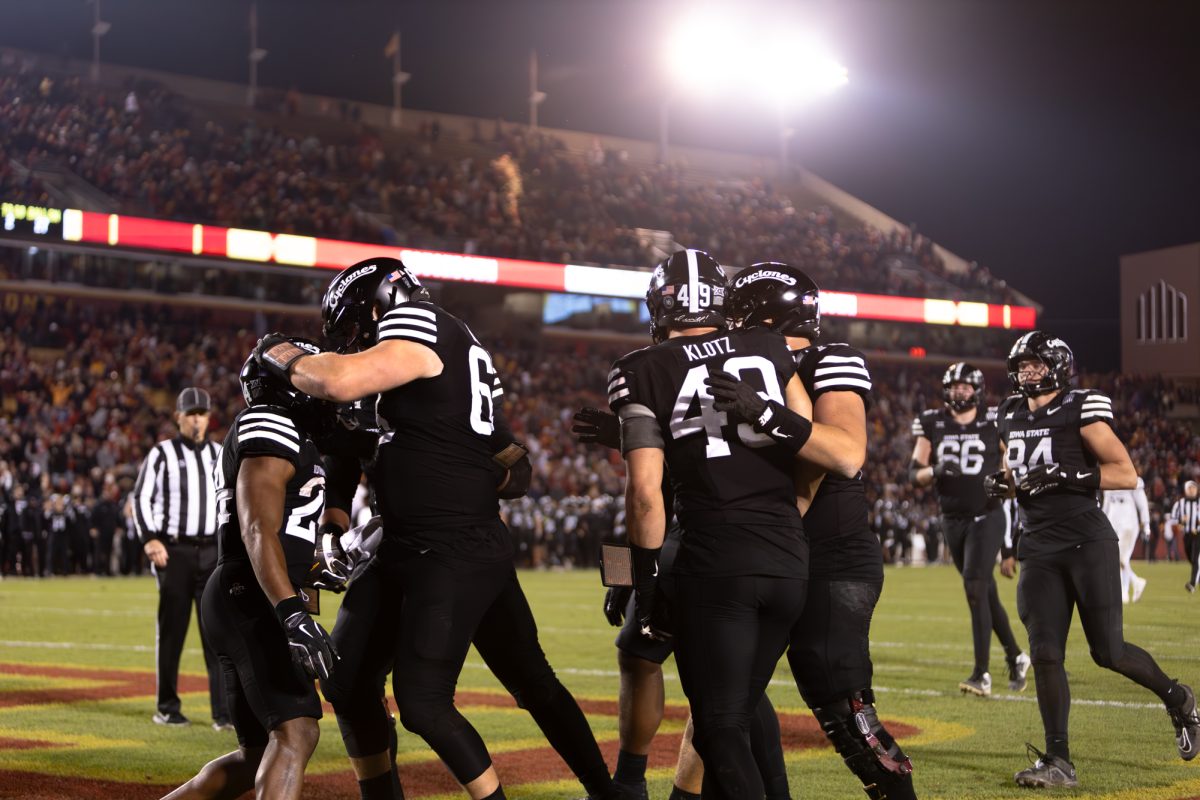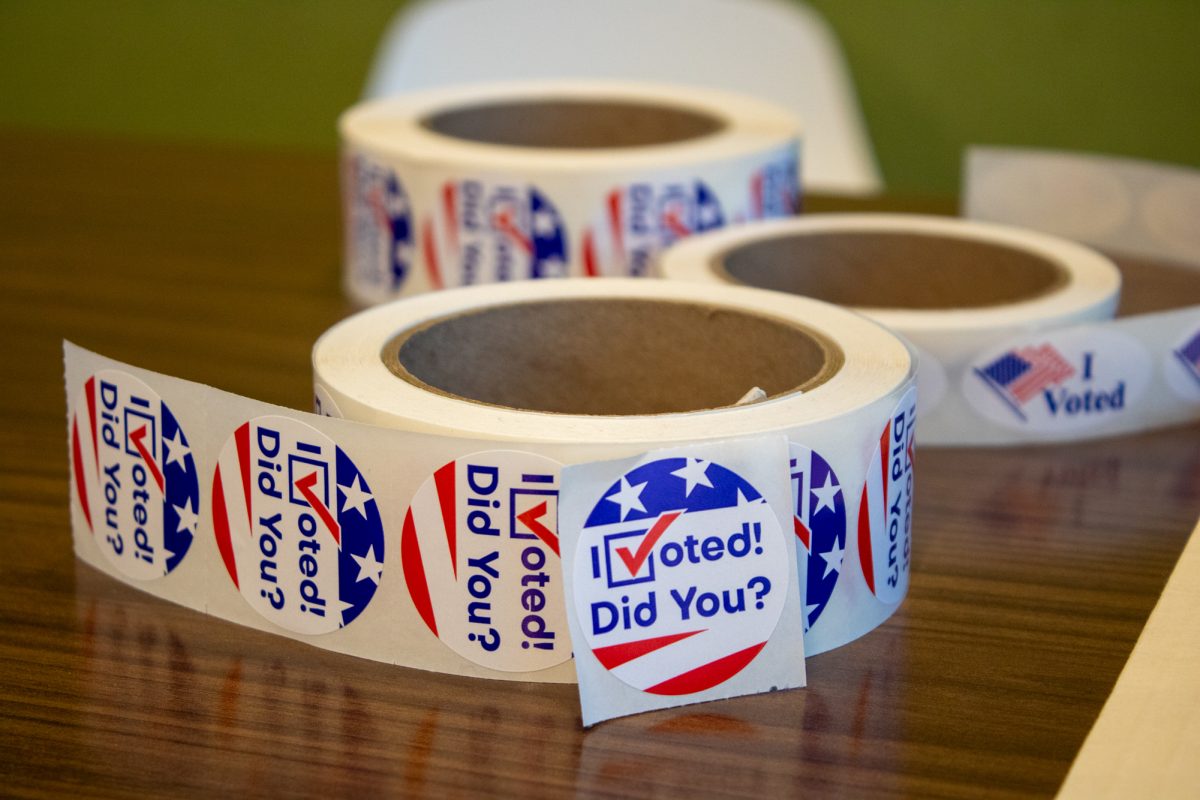Video game vice
October 6, 2003
After a deadly incident during the summer, research by two ISU professors will be used in a lawsuit being filed against the makers of the video game “Grand Theft Auto: Vice City.”
The lawsuit will be filed in two weeks by Miami lawyer Jack Thompson in Knoxville, Tenn., against TAKE2Interactive for $100 million. Thompson is representing people and families of people who say they were shot at by two teenagers emulating the popular video game’s gory scenes June 25.
Stepbrothers William and Joshua Buckner, 16 and 14, took shotguns to Interstate 40 near their home in Newport, Tenn. and began randomly shooting at vehicles on June 25. They told police they were attempting to reenact scenes from “Grand Theft Auto.”
Aaron Hamel, 45, was killed, and Kimberly Bede, 19, was shot in the pelvis. Thompson is representing Hamel’s parents and cousin, and Bede and her boyfriend, Mark Hickman, who was in the car with her at the time.
The teens pled guilty and were charged with reckless homicide, aggravated assault and reckless endangerment.
The player in “Grand Theft Auto” acts as a street thug who has missions and gains points by stealing cars, shooting pedestrians, drug dealing and soliciting and beating up prostitutes. The player wins back money if the prostitute is actually killed.
The game has sold more than 25 million copies worldwide, according to the company’s Web site, www.take2games.com.
Jim Anker, director of corporate communications for TAKE2Interactive, said in an e-mail there is no lawsuit against the company. He declined to comment further.
Thompson said the prosecution will use research from two ISU professors on the effects of video game violence in the lawsuit. He said it was possible the researchers will also be called to testify.
Craig Anderson, ISU professor and chair of psychology, and Brad Bushman, ISU psychology professor, have conducted research on violent video games and have found such games increase aggression in users of all ages. Anderson and Bushman said they were not surprised by the lawsuit because of other attempts to hold violent video games responsible for crimes.
“A lawsuit is what it took for the tobacco industry to take some responsibility for their products,” Bushman said. “Maybe the same is true for the entertainment industry.”
Thompson said he has found other research to support his case, such as a study from Harvard that shows images are processed in a different part of the brain in the youth than in adults, which leads to copycat behavior.
“Every parent knows that kids shouldn’t be raping women and shooting people; kids should be shooting baskets not shooting people’s heads off,” Thompson said.
However, the main problem is the availability of violent games to the youth, Anderson said.
“When the video game industry continues to market extremely violent games to youth, children and adolescents, and at the same time continues to confuse parents about what the research literature on media violence says, that makes them somewhat responsible for some acts of violence,” Anderson said.
Thompson said in the United Kingdom, violent games cannot be sold to minors, but they can be in the United States.
The case has a good chance to win, Thompson said.
“[These games] shouldn’t be marketed to kids, and yet they market the heck out of it to kids,” Thompson said. “You’ve got kids training to kill one another on these games.”
For some ISU students, however, “Grand Theft Auto” is a way to relieve tension from school.
Mary Spaight, senior in apparel merchandising, design and production, said “Grand Theft Auto” is one of her favorite games and after she plays it, she feels relieved and less stressed.
“It’s pretty realistic, and you can take your anger out on people without really shooting them or beating them. You can kill people in numerous ways,” Spaight said.
Trent Seigfried, systems analyst in genetics, development and cell biology, said he played the game a lot when he was a student.
“It’s an amusing way to burn time. When I got frustrated with tests and things I played quite a bit,” Seigfried said.
Bushman said companies and consumers are both responsible.
“Companies who make harmful products need to be responsible for what they make. People who consume the products also have responsibility for their actions,” he said.
— ABC News contributed to this story.






